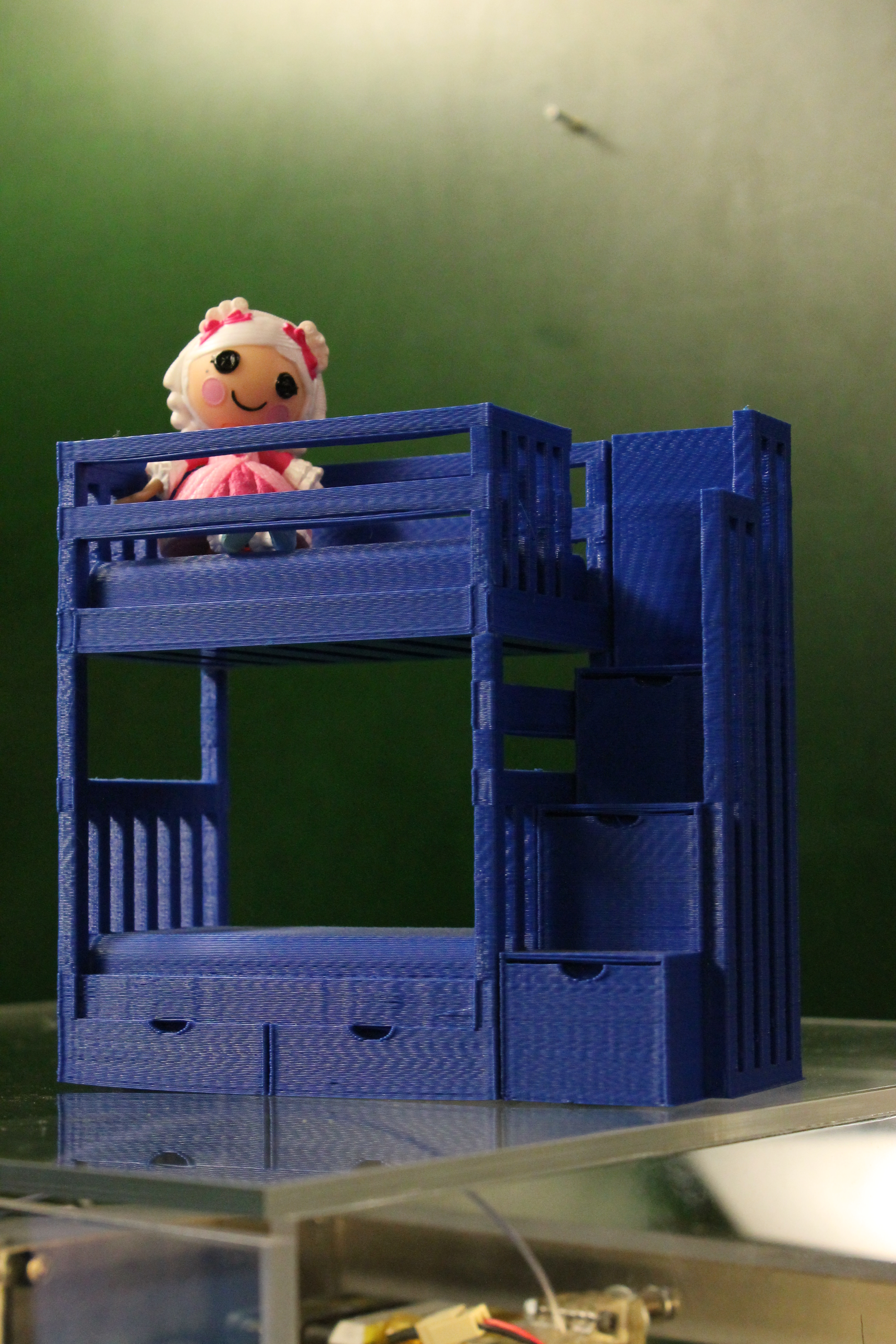Topic: Speed improvement ?
Hello,
I'll probably get my Solidoodle end of january ... ordered about 1 week ago.
BUT ... I'm already looking at possible mods. I'll be using the printer for pro usage and need my parts fast and clean. Most of these mods are just ideas at the moment, and of course I'll wait for the printer to arrive and play a bit with it before modding it.
First question is if the printer would benefit from higher speed on X and Y axes ?
I could replace the X and Y drivers by CNC stepper controllers + 48V 8A power supply, that would probably speed up the X and Y axes by a few hundreds of percent.
But then the second question is what is the maximum pulse frequency of the sanguinololu electronics ?
Can it handles at least a few tens of KHz ?
Would the extruder axis need a speed boost too ?
Then about the heating bed, it seems it is very slow to get to the temperature + it seems glass bed is a lot better and quite cheap. I'm thinking about a heating PCB the right size sticked on a thin glass bed (2 or 3mm ?) and glass wool on the other side to keep heat from spreading everywhere. The 12V power supply would be replaced by a beefier one (480W ?). I would probably drive this heating bed with external electronics (bigger/multiple MOSFETs, I'm in the electronics).
Am I right ?
Finally, it seems adding a fan is a great improvement for small parts, bridges and overhangs. Is there some output available on the electronics to drive it ? And can the various software be setup to control it during extrusion ?
Also I have an hot air blower for electronics soldering, on which I can control temperature (from 50 to 480°C) and air flow ... I was thinking about bringing this warm air instead of the fan ... to get the part a bit warm for better sticking between layers and keep the plastic cooling faster, temperature would be around 100°C I think.
Would this be a good idea ?
Thomas.

